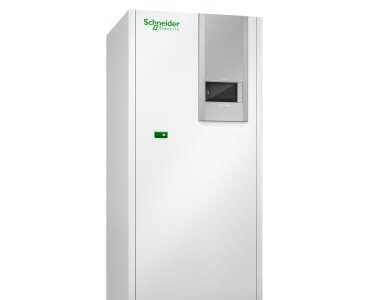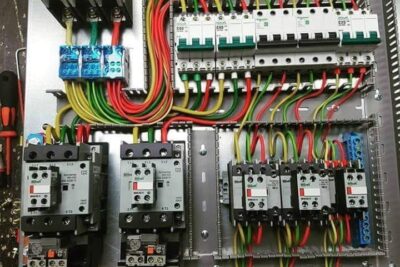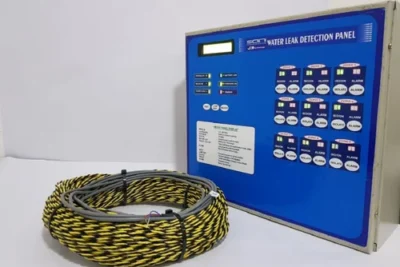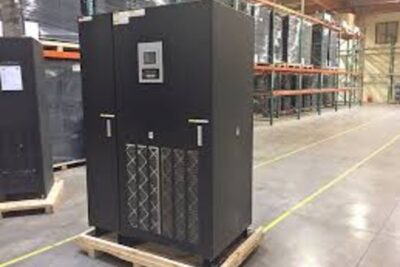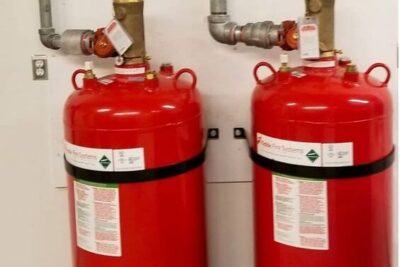Description
Precision Air Conditioning (PAC) systems are specialized cooling systems designed specifically for environments like server rooms, data centers, or other areas housing critical IT infrastructure. These systems are engineered to maintain stable temperature, humidity, and air quality, which are crucial for the proper functioning and longevity of electronic equipment.
Why PAC Systems Are Essential for Server Rooms
1. Heat Management: Servers generate a significant amount of heat, which can lead to overheating and equipment failure. PAC systems efficiently dissipate this heat.
2. Consistent Temperature: Unlike standard air conditioning, PAC systems maintain precise temperature levels to ensure optimal equipment performance.
3. Humidity Control: High humidity can cause condensation and corrosion, while low humidity increases the risk of static electricity. PAC systems maintain an optimal range (usually 40-60%).
4. 24/7 Operation: Server rooms require continuous cooling, and PAC systems are built for round-the-clock operation.
5. Energy Efficiency: PAC systems are designed to be more energy-efficient than traditional air conditioners when used in high-heat, sensitive environments.
Key Features of PAC Systems for Server Rooms
1. High Sensible Heat Ratio (SHR):
PAC systems are designed to handle the heat generated by equipment (sensible heat) rather than moisture in the air (latent heat).
SHR typically exceeds 0.9 in PAC systems, making them highly efficient for cooling server rooms.
2. Redundancy:
Server rooms often require multiple PAC units for redundancy (N+1 configuration) to prevent downtime during maintenance or system failure.
3. Precise Temperature and Humidity Control:
Advanced sensors ensure that temperature and humidity are kept within a narrow range, often adjustable according to specific requirements.
4. Air Filtration:
PAC systems include high-efficiency filters to remove dust, particles, and contaminants, which can damage sensitive equipment.
5. Scalability:
PAC units can be modular, allowing for scaling up cooling capacity as server rooms expand.
6. Direct and Indirect Cooling:
Some systems use direct cooling (chilled air directly circulated in the room) or indirect methods (chilled water systems or glycol-based systems) for flexibility.
Types of PAC Systems
1. Upflow Units:
Discharge air from the top of the unit and are suited for rooms with raised floors.
2. Downflow Units:
Discharge air from the bottom and are common in server rooms with raised floor systems where cold air is delivered through underfloor pathways.
3. In-Row Cooling:
Installed between server racks to provide targeted cooling for high-density setups.
4. Rack-Mounted Cooling:
Attached directly to racks for efficient cooling of specific equipment.
5. Ceiling-Mounted Units:
Useful in server rooms with space constraints.
Components of a PAC System:
1. Compressor:
Core component for refrigerant circulation and heat removal.
2. Condenser:
Transfers heat from the refrigerant to the outside air or water system.
3. Evaporator Coil:
Absorbs heat from the server room air.
4. Fan and Blower:
Circulate the cooled air within the room.
5. Humidifier/Dehumidifier:
Ensures proper humidity levels are maintained.
6. Air Filters:
Protect equipment by cleaning the air of particulates.
7. Control Systems:
Smart controls allow precise adjustments and remote monitoring.


